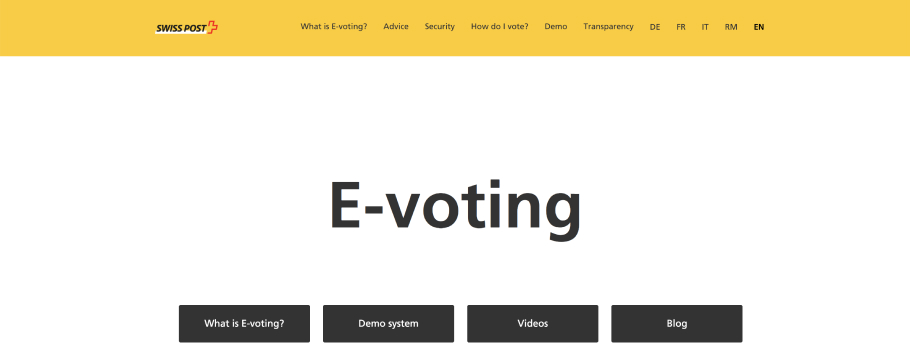4 Examples of Blockchain Technology in Practice
Thanks to the British Medicalchain project, which was launched in June 2017, the patient’s personal data is stored in a safe and secure place, which is provided by the blockchain technology. The platform is designed for secure storage and exchange of many electronic medical documents. Patients will be able to fully control their data and provide access to various users, determining who has the right to make requests and write data to the chain. Also, the user can open limited access to his information to organizations that are involved in research projects, so that they can use this data in their research. Medicalchain allows doctors to consult patients and give them recommendations remotely. In such a way, they will be financially rewarded for the time spent on the platform. Also, it should be noted that any medical records, such as providing test results, adding new information by the doctor are recorded as transactions in the network.

This summer in the city of Zug, known as the Swiss “crypto valley”, the first electronic voting system based on the blockchain technology (E-Voting) was tested. As a part of the experiment, only Swiss citizens of Zug who had reached the electoral age could vote. During the voting, which was carried out via the smartphones, citizens were asked to answer questions about some events in the city (for example, whether the fireworks should be launched) and share their impression about the voting system itself. As a result, the majority of participants consider this method of voting to be effective and easy to use, others noted that they would not mind voting this way in the future. The mayor himself confidently states that this system guarantees a high level of security, provides effective protection against hacker attacks and personal data leaks.

3. Factom
Factom is a blockchain platform created for recording and blocking data as well as for auditing. This system is used by nonprofit organizations, the government, and companies from various fields of activity. It helps to simplify the process of maintaining records, monitor information about the company’s business processes and provides users with the opportunity to conduct their activities according to the security requirements and legal regulation of their market. So how does it work? Any company creates its own chain within the Factom blockchain protocol. Running its chain, it creates hashes of the documents. Thanks to these hashes, you can create a hash of a copy of the document and compare it with the original hash. If these hashes match, then this copy is not fake. Thus, you ensure the safety of data and conduct an independent audit, which is very important for bank records, government documents and other things.

4. Chronicled
Chronicled has launched the blockchain platform for the Internet of Things, which stores the identity of existing items. That is, the creators of brands and other property register and enter the unique codes of built-in chips into the public blockchain registry, thereby creating reliable protection for possible counterfeits. Thus, this platform helps people to improve their consumer experience.


